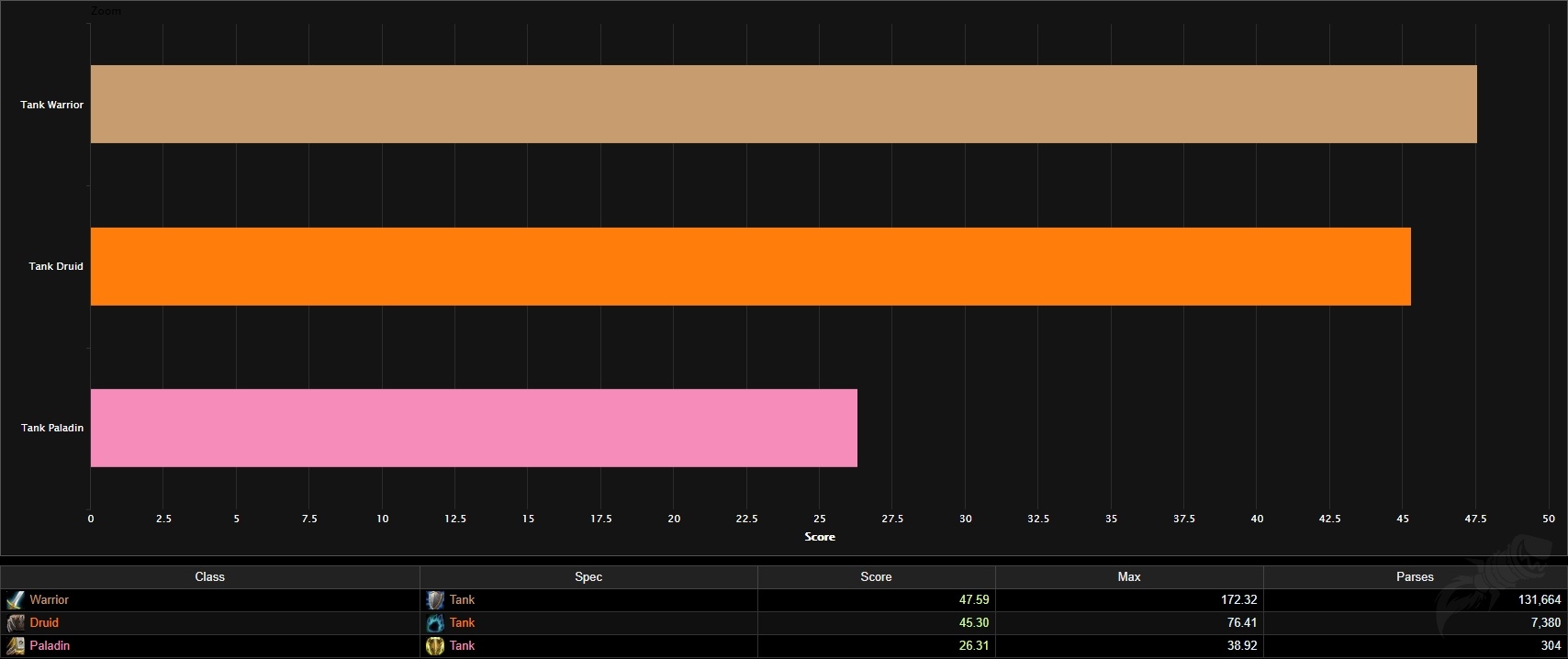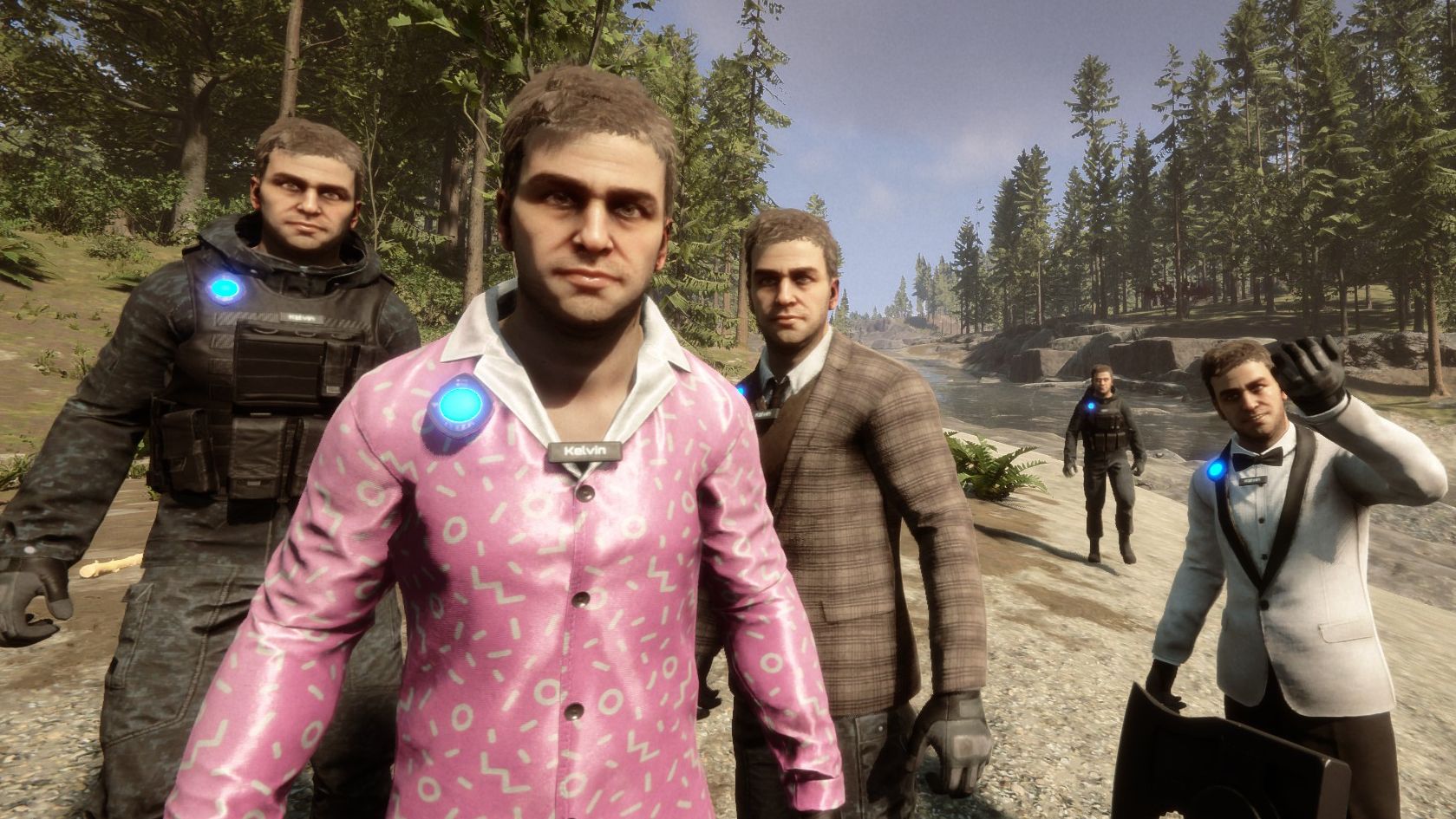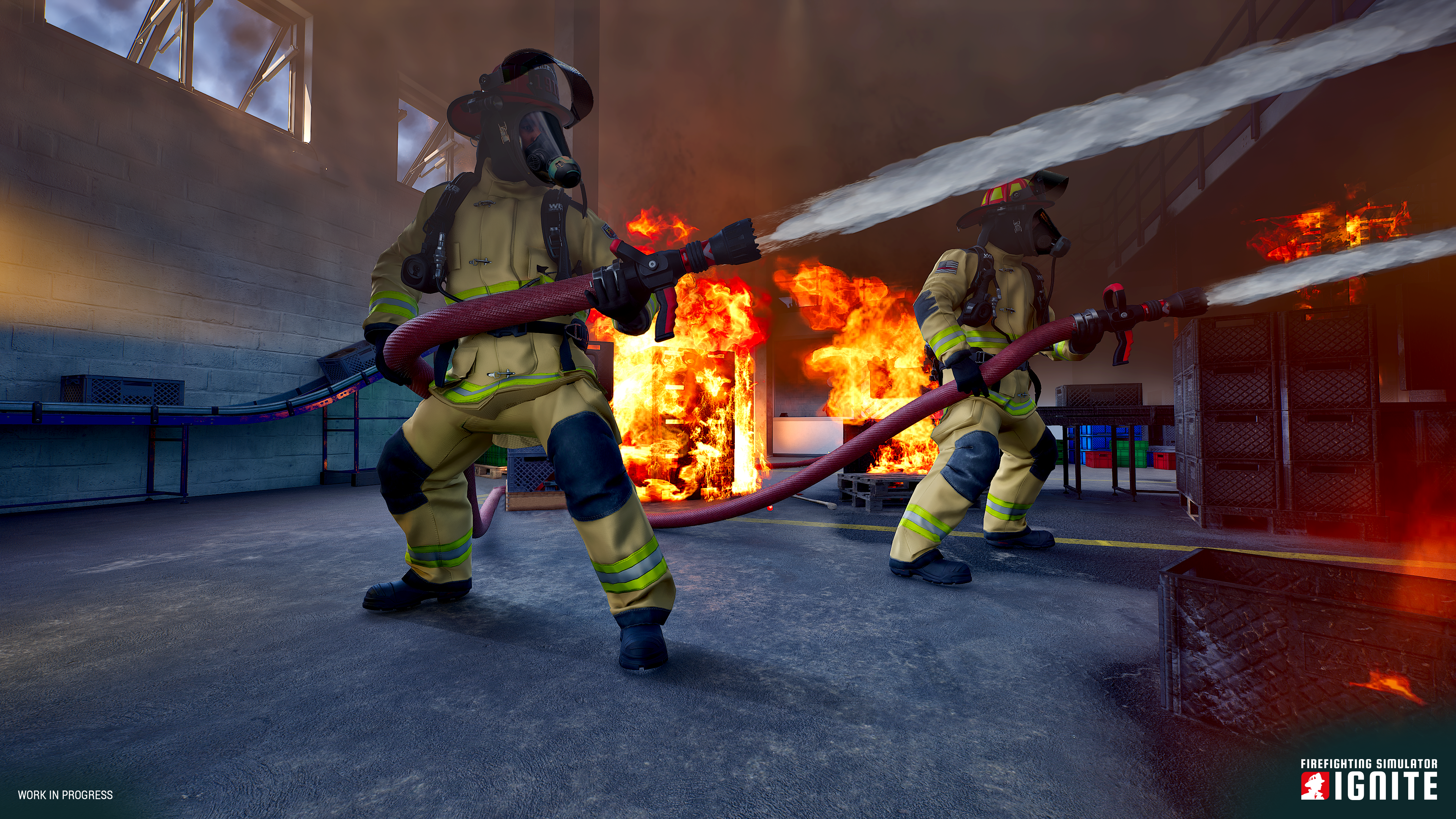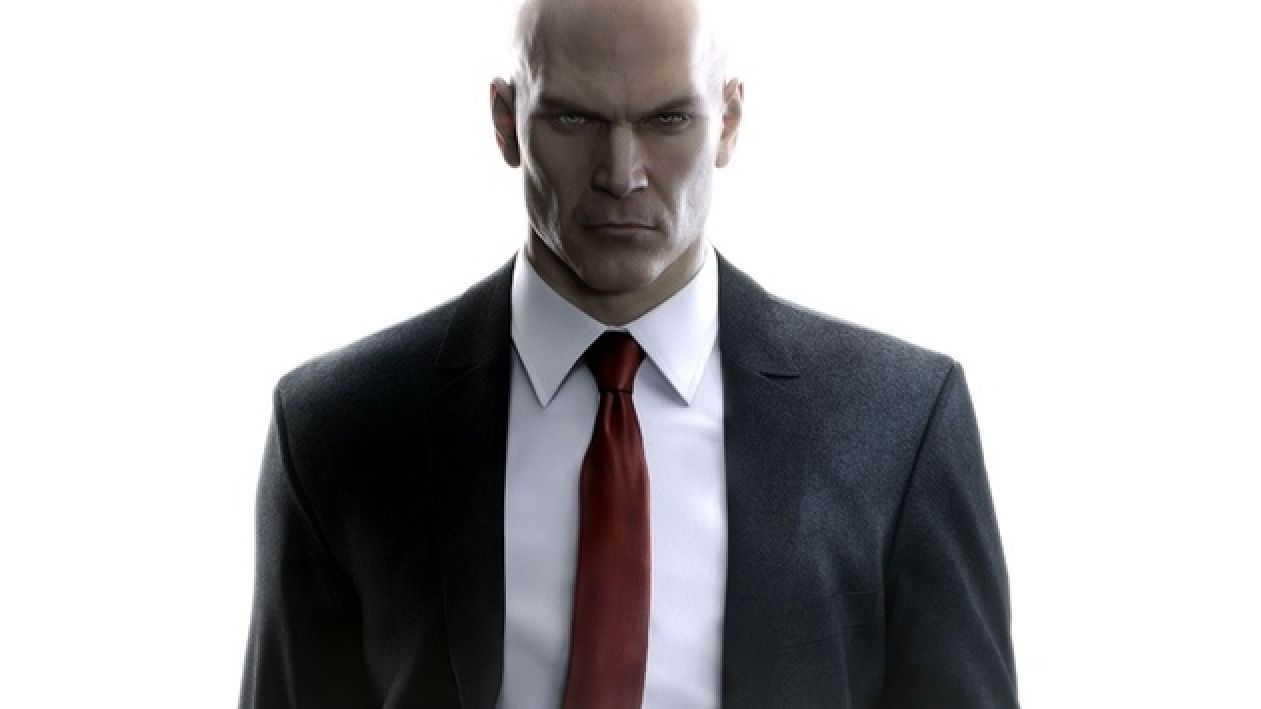
Today we’re taking a look at the best tanking classes in Phase 3 of Classic WoW, based on Warcraft Logs analytics, and how the community utilizes them. Like our previous article during Molten Core, this is largely community driven – classes are ranked based on both raid representation and performance. While there really aren’t a whole lot of differences or surprises compared to Molten Core, and shouldn’t be shocking that Warriors are the go-to tank in Classic WoW, the interesting part is in how players are utilizing the different setups and builds, as well as how the other tanking classes are faring despite the differences between them.

Tier List
With nearly 140,000 parses in only the second week of Phase 3, the most apparent difference between Molten Core is Protection Paladins representation. While only 0.2% of all tank parses are from Paladins, there were zero in the first weeks of Molten Core and less than a thousand by the end of Phase 2. Although Warriors continue to dominate, making up 94% of all tanks, at least some groups are retaining their Druids and Paladins.
Unfortunately there aren’t a lot of metrics for mitigation or threat per second, and tanking being such a specialized role there aren’t a large number of parses to compare as most raids have far less tanks than DPS or healers, so Warcraft Logs ranks tanks by damage dealt while tanking; while this isn’t a perfect metric, damage is directly related to threat, and is the primary means of scaling a tanks threat in order to allow DPS roles to push harder. This is an important balance in many raid groups, as DPS outpacing an undergeared tank will need to throttle their damage in order to not pull aggro, while conversely an overgeared tanks high threat is wasted if the DPS cannot keep up.
| S | Protection Warrior |
| A | Feral Druid |
| B | Protection Paladin |
S Tier
Protection Warrior
As before, it shouldn’t come as any surprise to see that Warriors are the premier Classic tank, and will remain so for the entirety of the game’s life cycle. What is interesting to see is that unlike the start of Molten Core in which players were still racing to reach level 60 and chasing end game gear, they’re now sporting heavily min/maxed setups.
Warriors have a few distinct advantages over other tanks Classic, but the most important isn’t their ability to

Taunt or their multiple defensive cooldowns; it’s their ability to scale threat. Warriors have far more build flexibility than Druids or Paladins, able to dip into or sometimes fully invest in other trees without giving up their basic tanking tools. Because threat is more often a limiting factor than survivability, this is an advantageous trade off; many Warrior tanks frequently forgo their shield in order to dual wield, greatly increasing their damage and rage generation, which directly correlates to higher threat. Although they may still use shields for certain encounters, the highest damage dealing and threat potential tanks aren’t even protection specced at all – they’re Fury, wearing more DPS than defensive gear. At this point, the line between what is a tank and what is another damage dealer starts to blur, though they are still the player responsible for maintaining boss aggro and positioning.

Thunderfury, Blessed Blade of the Windseeker has exacerbated the division between tanks, as it is not only an exceedingly strong weapon, but also brings a defensive benefit which further reduces the need to build for survivability, and may also be used either alongside a shield or dual wielded for more power. Thus far, only a handful have been created by DPS players, while the majority are used by Warrior tanks.Protection Warrior Tank GuideProtection Warrior Tank BiS Guide
A Tier
Feral Druid
Feral Druid tanks are often undervalued due to how common and versatile Warriors are, but they compete very well from a damage dealing perspective. While their main liability is the inability to block due to not wearing shields, they have extremely high armor values which allow them to take less damage in general. This can become tricky for main tanks of some encounters, as it leaves them susceptible to crushing blows, but even then Feral Druids make excellent off tanks when needed.
Where Feral really falls short is in their toolkit. While they maintain strong AoE,

Growl to taunt, and great damage mitigation from

Dire Bear Form, they lack the greater flexibility of Warrior tanks; most of their non-tanking supplementary abilities require them to drop Bear Form which is a much harsher loss than changing out of Defensive Stance, precluding them from using Innervate or their large suite of healing spells while tanking. Although they compete very well with Warriors in the lower brackets, moving into higher percentiles shows them falling further behind, largely due to the fact that the highest damage/threat Warrior tanks aren’t Protection specced at all. The influence of

Thunderfury, Blessed Blade of the Windseeker broadens this gap at the high end, as Druids can’t use it and have nothing to match; because they only gain stats from weapons,

Manual Crowd Pummeler and

Warden Staff remain the best Feral Druid weapons.Feral Druid Tank GuideFeral Druid Tank BiS Guide
B Tier
Protection Paladin
Protection Paladin representation has risen dramatically compared to the start of Molten Core, though even now they make up a mere 0.2% of all parses. Another often overlooked raid tank due to their questionable design flaws, Paladins find themselves hard pressed to keep up with Warriors or Druids; though it doesn’t mean they can’t be successful, a Paladin will have to try much harder to achieve the same goals. Even if not being used as a main tank however, Paladins have some useful tools which can offer creative solutions to encounter mechanics, such as using

Holy Wrath to generate enormous AoE threat against Nefarian’s undead Bone Constructs.
The inability to taunt is their most obvious issue, particularly in raid settings where there are so many more players and mechanics present – any kind of threat wipe virtually cripples a Paladin, whereas other classes could simply taunt in order to place themselves back at the top of the meter. Despite lacking some of the other classes tools, however, Paladins can make fantastic AoE dungeon tanks with

Consecration, particularly in spellcleave groups as well as the undead dungeons Stratholme and Scholomance due to their extra undead-only abilities, although their lack of a normal ranged pull needs to be compensated for through engineering bombs or support from other classes. Paladins are also the only tank which utilizes Mana, creating unique issues that other tanks need not deal with, leading them to frequently downrank spells after establishing initial threat in order to manage their mana lest they end up unable to cast whatsoever, as well as a frequent need to drink between pulls.
So far only one

Thunderfury, Blessed Blade of the Windseeker has been seen on a Protection Paladin, which shouldn’t come as a big surprise given how much less weapon dependent they are compared to Warriors. That said, due to their use of intellect, MP5, and spellpower, they have a few interesting gearing options available in Blackwing Lair which you may not initially think of as tank gear, including

Lok’amir il Romathis and the Judgement Armor set.
Despite their flaws, Paladins can tank most content in Classic WoW so long as it doesn’t strictly require taunting in order to succeed, and can still make reasonable offtanks. We highly recommend taking a look at the Askalon’s Protection Paladin Tanking Guide for anyone interested in end-game Paladin tanking.Protection Paladin Tank GuideProtection Paladin Tank BiS Guide
Alternative Tanks
There are also other tank-capable classes in Classic WoW; Shaman are technically able to tank and hold threat in some situations through the use of

Rockbiter Weapon, and even Hunter pets have rarely been used to tank mid-range content; however, they still lack the key tools found in other tanks – the ability to taunt, the damage reductions from inordinately high armor or blocking, and their threat doesn’t scale the way primary tanks do. Historically, few fights take advantage of these “alternative tanks”, most notably the Four Horsemen of Naxxramas due to most guilds simply being unable to field the abnormally high 8-tank requirement.
Because most abilities in Classic WoW are gained by the class rather than the talent specialization, there’s not as much to differentiate a Protection Warrior from Arms, beyond the weapon their using and role they’re fulfilling; because the primary metric of success for a tank is simply staying alive and holding threat, it’s not at all uncommon to see Arms Warriors tanking while leveling or Fury Warrior main tanks in raids. So as long as your group is willing and able, there should be nothing stopping you from trying to tank as an Enhancement Shaman or playing some other off-meta role…. as long as you can convince them to let you try!
While this article sounds bad for anyone interested in playing a Protection Paladin, keep in mind that Classic is a much different game than Retail and not all classes are created equal. While there are many more considerations beyond damage charts, those charts do help show how the community prioritizes things – a Protection Paladin is quite simply going to have a harder time finding a raid group as a main tank because they do lack the tools and abilities of Warriors and Druids, which is precisely why they’re not well represented to begin with. While everyone should feel free to play what they enjoy, understanding the pros, cons, and perceptions between the various classes is key to knowing what you’re getting into, rather than spending a significant amount of time getting to level 60 only to realize that most end-game groups aren’t interested in what you wish to play. Ultimately Classic is an imbalanced game, which both gives it a certain amount of charm, as classes have wildly different tools and capabilities, but also comes with its own set of problems for both players interested in maximizing their chances of success and those who might struggle to find a place in such a community.






